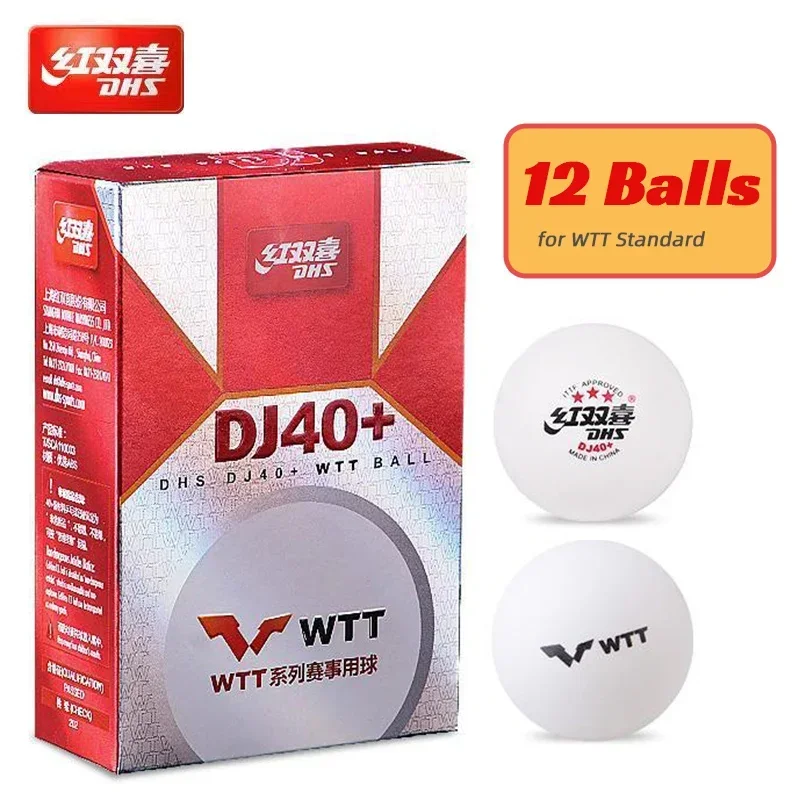The Difference Between Conventional and Sumo Style in Powerlifting
Conventional Style
- Stance: Feet hip-width apart, toes slightly pointed outward
- Grip: Hands placed just outside shoulder-width
- Back: Arched, with lower back slightly rounded
- Hips: Lowered to below knee level
- Movement: Push through heels, straightening legs and back simultaneously
Sumo Style
- Stance: Feet wider than shoulder-width apart, toes turned outward
- Grip: Hands placed inside hip-width apart
- Back: More upright, with lower back flat
- Hips: Dropped lower than in conventional style, almost to a squat position
- Movement: Drive through heels and hips, keeping back upright
Key Differences
- Stance: Sumo style has a wider stance than conventional style.
- Hip position: Hips are lowered lower in sumo style.
- Grip width: Sumo style uses a narrower grip than conventional style.
- Back position: Back is more upright in sumo style.
- Movement: Sumo style emphasizes driving through the hips and heels.
Pros and Cons
Conventional Style:
- Pros: Better for taller lifters, more natural movement for most people.
- Cons: Harder on knees, requires more back strength.
Sumo Style:
- Pros: Easier on knees, allows for heavier weights to be lifted.
- Cons: Not as natural for most people, requires more hip flexibility.
Related Questions
- What is the main advantage of sumo style powerlifting? (Easier on knees, allows for lifting heavier weights)
- Which style is better for taller lifters? (Conventional style)
- What is the key difference in the grip between conventional and sumo style? (Grip width)
- Which style emphasizes driving through the hips and heels? (Sumo style)
- What is the main disadvantage of conventional style powerlifting? (Harder on knees)
Related Hot-Selling Products
- Rogue Echo Power Bar
- Titan Apollo Power Bar
- Eleiko XF 80 Elite Barbell
- Ironmaster Quick Lock Dumbbell Set
- Rogue Concept 2 Rowerg
Pre:What is lifting and what are the types of lifting
Next:Is it okay for men to wear tights at the gym for lifting working out etc











